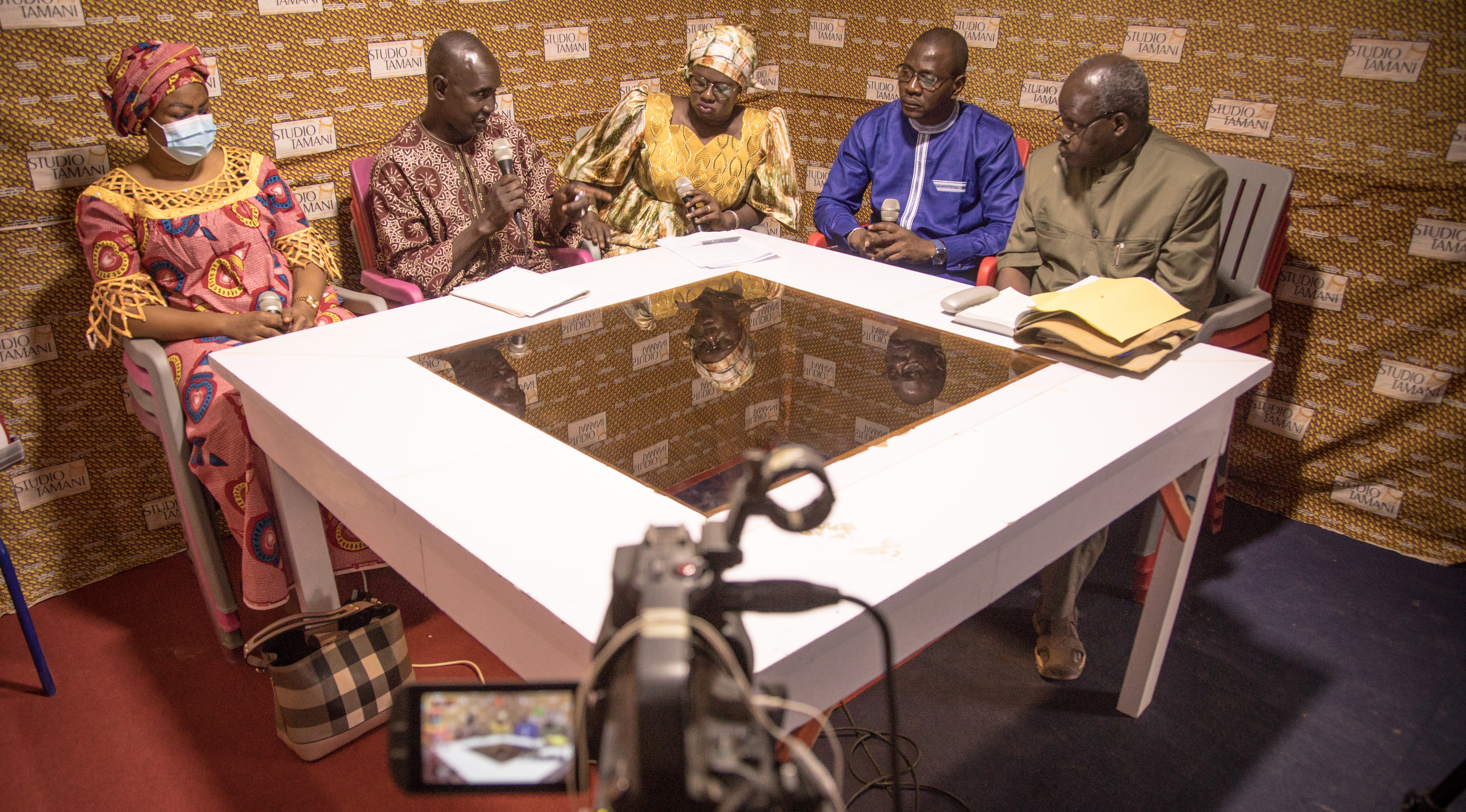Understanding and showing awareness of the various identities within an audience is a constant challenge for media across the globe – and a significant one too. Making sure all voices are heard, including those of the most marginalized communities, is often an important issue in particularly sensitive contexts, such as violent conflict situations. Yet, this inclusivity is crucial for recreating the basis for meaningful dialog, which is the first step toward a return to peace. To meet this challenge, teams of journalists within the media need to be representatives of their society too.
Fondation Hirondelle is tackling this issue through its projects and media activities in places such as the Sahel region (Studio Tamani in Mali, Studio Kalangou in Niger, Studio Yafa in Burkina Faso), the Central African Republic (Radio Ndeke Luka), the Democratic Republic of the Congo and Madagascar. Its work is underpinned by studies conducted by its academic partners. These present approaches that could enable a better understanding of an audience’s multiple identities (communities, ethnicities, genders) and better ways of taking them into account so that their concerns can be incorporated into media content, they are more fairly represented in press reports, and they are given more of a voice.
In 2019 and 2020, studies carried out in Niger and Mali by Dr. Emma Heywood from the University of Sheffield revealed that two of Fondation Hirondelle’s media outlets, Studio Kalangou and Studio Tamani, can have a tendency to talk about the emancipation of women as a long-term process that affects women as members of a specific group. However, their listeners are of the opinion that emancipation needs to become a more established part of their everyday lives, at a more personal level. The studios’ editorial teams have used this study to help them tailor their programs more closely to the needs expressed by these Nigerian and Malian women.
The role of a journalist is to strike a balance between the need to satisfy an audience’s requirements and the need to inform them. As various research has demonstrated, it is important for the media not to rely solely on responding to perceived needs when developing their programs but also to adopt a forward-looking approach and anticipate needs that have not yet been expressed.
Moreover, showing awareness of an identity should not be exclusive. Programs that are strictly dedicated to women, as necessary and beneficial as they may be, are not necessarily enough to bring about a shift in social norms if they only target women and fail to address men too. There may also be female presenters who do not necessarily reflect a diverse range of perspectives and in fact reinforce traditional, stereotyped views of the role of women in society, or it may be that most of the allotted speaking time in programs intended to promote gender equality is taken up by men.
To tackle the challenges of inclusivity and find the best way to represent different identities in societies undermined by crises, Fondation Hirondelle has come up with some practical measures to implement within the media it is developing:
- Deploying networks of correspondents across different regions to avoid focusing exclusively on the capital.
- Ensuring that programs are broadcast in different languages (those that are more representative of the various communities within the country).
- Making sure a diverse range of presenters and participant stories are used in programs and that women, in particular, are given the chance to speak.
- Taking generational differences into account, with social media use being more prevalent among younger people, and adapting formats and broadcasting channels to suit audiences.
- Following different communities online (work undertaken in collaboration with partners such as the Institute for Strategic Dialogue, a think tank that has been working with us to develop a Facebook monitoring tool) and using digital technology to enhance our ability to “listen at scale”.
- Using mailing lists and WhatsApp voice messages to collect feedback from audiences on their information needs and their reactions to our programs.


